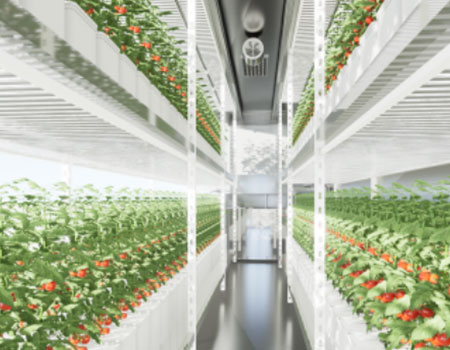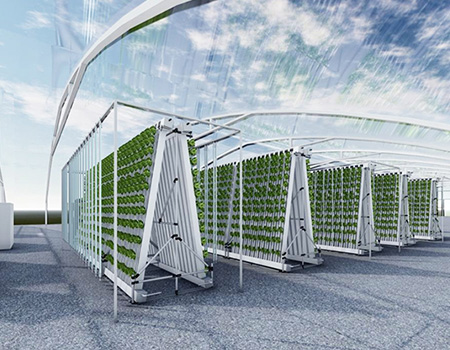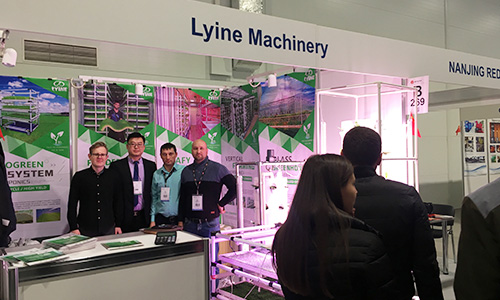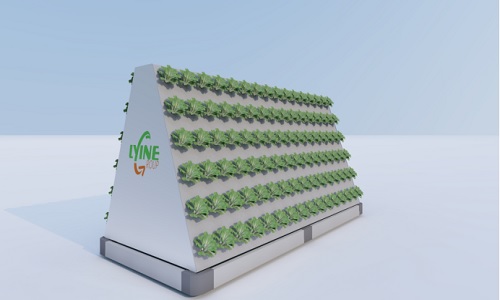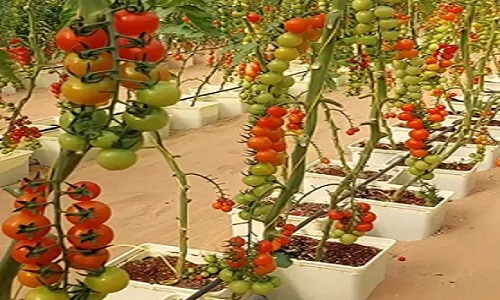Emily is the founder of a company from the UK that specializes in urban farming, supplying fresh microgreens to a number of local restaurants. At the beginning of the project, she investigated a number of different growing methods, looking at traditional soil cultivation as well as hydroponic systems such as NFT and DWC, and finally decided to use the vertical ebb and flow table hydroponic system that we provide.
The biggest advantage of the ebb and flow table hydroponic system is that it can bring more oxygen to the plant root system through periodic irrigation, avoiding the root system from being soaked for a long period of time, resulting in lack of oxygen and rotting. The way this hydroponic system works is especially suitable for micro-vegetables, a crop with a short growth cycle and a high demand for water-air balance. emily chose a three-dimensional, multi-layer structure for her planting plan, which allows for the maximum possible yield and improved space utilization in a limited indoor growing space.
In order to provide optimal growing conditions for different sprouts, we also helped Emily customize the size of the hydroponic system trays and irrigation intervals to ensure that different varieties of microgreens, such as shiso sprouts, pea shoots, and radish seedlings, can all grow healthily!
The indoor hydroponics system is also equipped with a dedicated LED fill light to supplement the lack of natural light, which ensures consistent production throughout the year, even in areas like the UK where sunlight is erratic. emily is able to harvest more than 150 kilograms of high-quality microgreens per week with the system, which she uses to supply to a wider range of restaurants. She feels that compared to traditional soil cultivation, this hydroponic cultivation method saves water and labor, has virtually no pest problems, and does not have to worry about outdoor weather and soil pollution, which makes it truly a more efficient and sustainable form of urban agriculture.
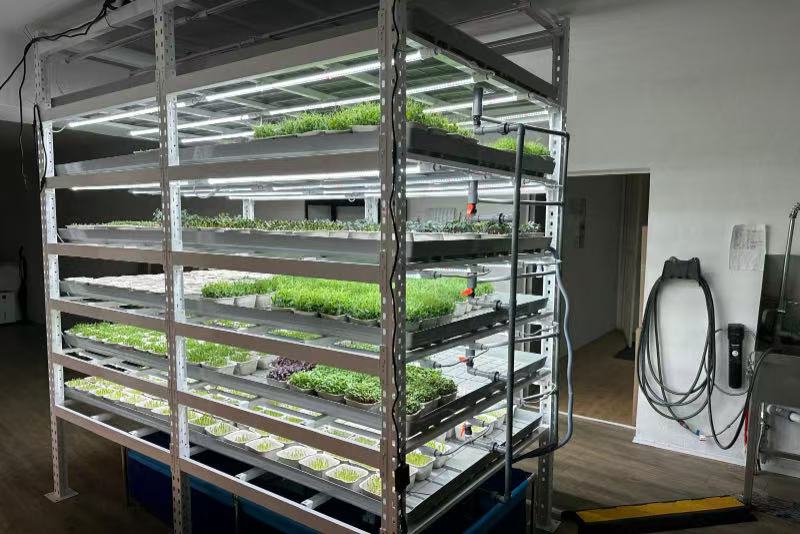
Now she is already considering expanding her planting area, and we will continue to provide her with follow-up programs and technical support, hoping that her urban agriculture project will grow bigger and bigger.


